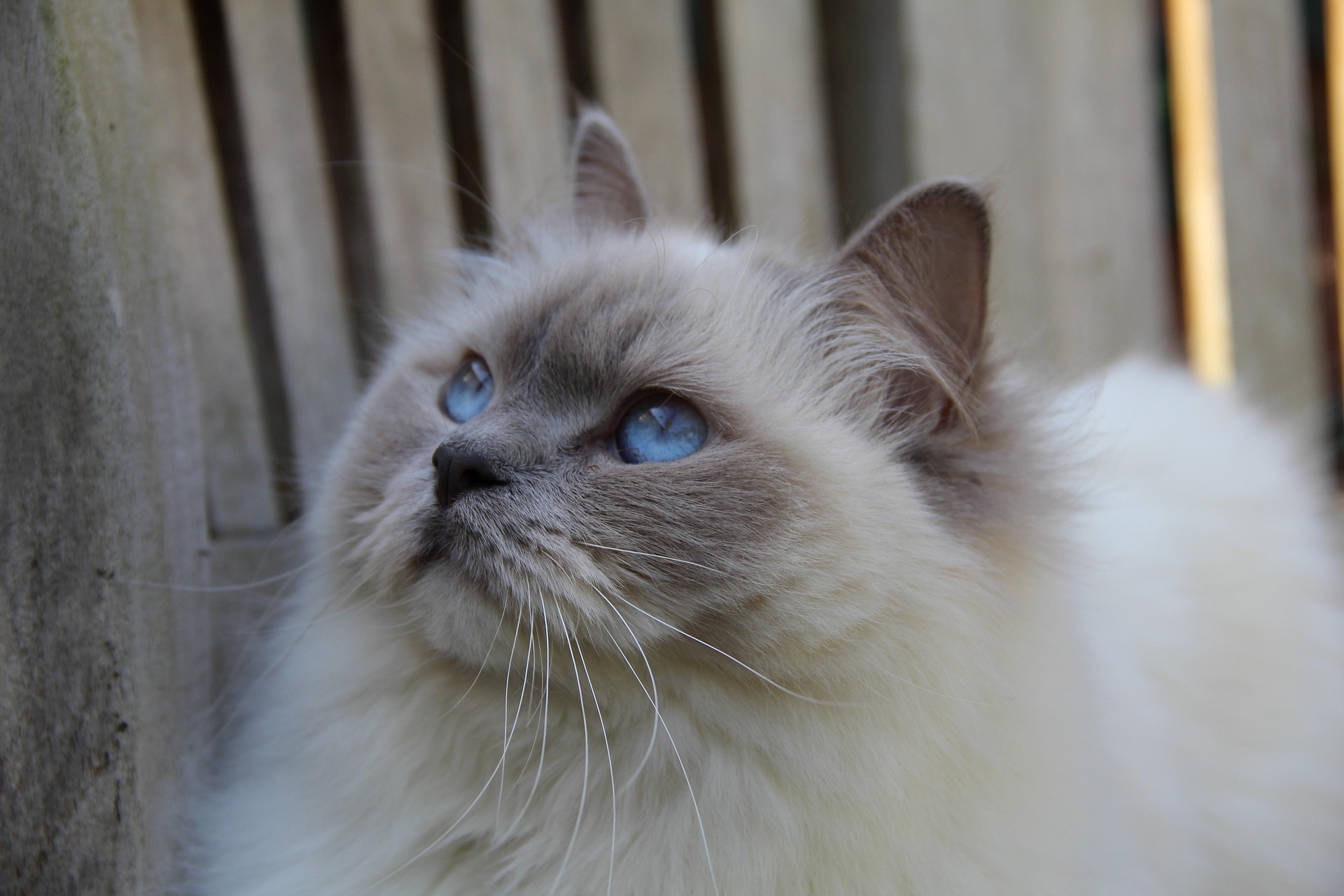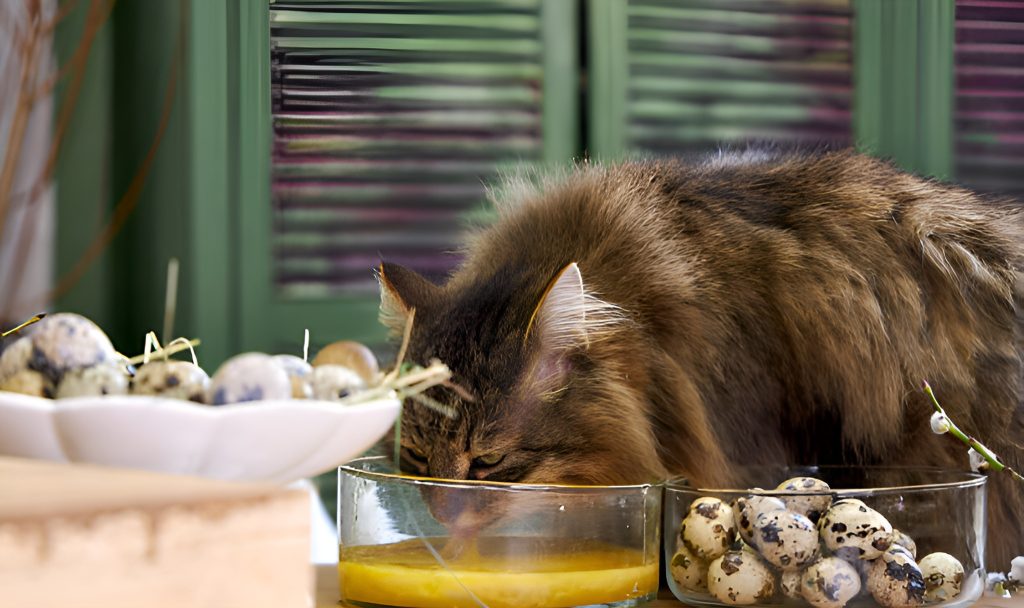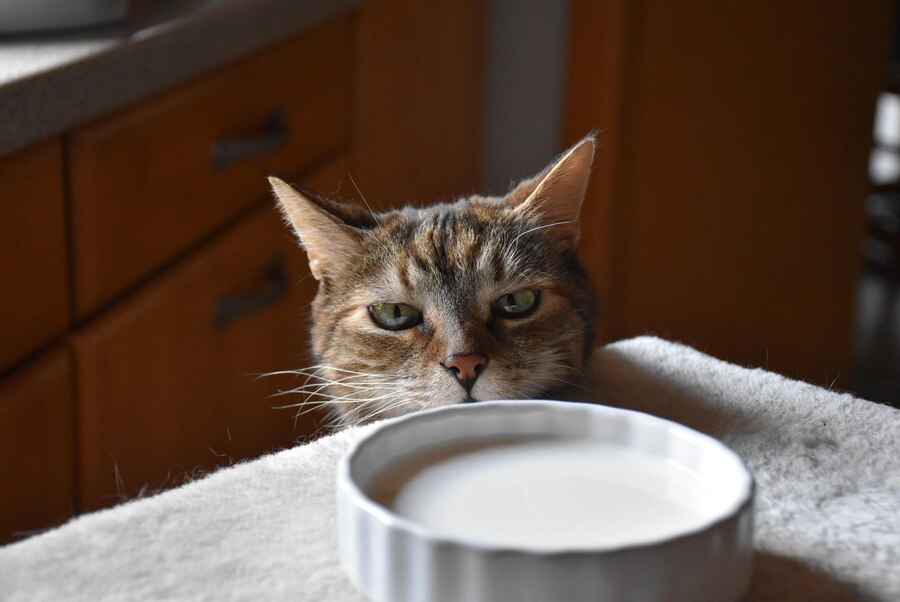You want the best for your Ragdoll, and food is where it begins. More cat parents—especially Ragdoll owners—are exploring homemade food recipes, hoping for something more natural, fresh, or allergy-friendly.
But is it truly better than commercial options? Here’s the reality most owners overlook: homemade food isn’t always healthier—unless it’s balanced and vet-approved.
Sure, it offers control over ingredients and skips fillers or preservatives, but it also comes with risks—nutrient imbalances, missing taurine, or unsafe raw meat. One owner, for example, saw great improvements with a raw diet—until their Ragdoll developed urinary crystals from a lack of calcium.
So, before you ditch the kibble, ask yourself:
- Have I consulted a vet?
- Is the recipe nutritionally complete?
- Am I ready to monitor and adjust?
Done right, homemade food can make a world of difference. Miss a step, and your cat could pay the price.
Benefits of Homemade Food for Ragdoll Cats
Feeding homemade food to your Ragdoll cat can offer real, measurable advantages when done right. You get full control over ingredients, letting you skip fillers, preservatives, or allergens that may upset sensitive stomachs. Some owners, like Mark from Portland, noticed a shinier coat and fewer hairballs within just weeks of switching.
It can also cut costs—especially in multi-cat homes—by batch-cooking with quality ingredients. And beyond the health perks, something is rewarding about preparing meals with care.
Real-life example: Bella, a Ragdoll with chronic vomiting, showed major improvement after switching to a vet-approved homemade diet tailored to her sensitivities—more energy, and no more mess on the carpet.
Read This Before You Cook for Your Ragdoll
Before diving into homemade food for your Ragdoll cat, talk to your vet or a certified feline nutritionist. Why? Because even well-meaning meals can miss vital nutrients like taurine, calcium, or omega-3s, and cats can’t make up the difference on their own.
Ever spend time cooking something healthy, only for your cat to walk away? That’s why vet guidance matters.
Stick to recipes that meet AAFCO or NRC standards. Avoid common hazards like garlic, onions, or raw bones, and freeze portions in airtight containers to keep them safe.
Start smart with these essentials:
- Vet-approved recipe – tailored to your cat’s age and needs
- Trusted supplement – like Alnutrin or EZComplete, to fill nutritional gaps
- Safe prep and storage – clean surfaces, portion properly, freeze fast
- Track changes – monitor coat, weight, and energy after switching
Homemade food is a commitment—but with the right guidance, it’s one worth making. Now that you’re ready, let’s get into the actual recipes.
Recommended Post
5 Easy and Healthy Homemade Food Recipes for Ragdoll Cats
If you’ve ever wondered, “Can I really make safe and healthy food for my Ragdoll at home?”—the answer is yes, but only if you do it right. These vet-aligned, nutrient-conscious recipes are designed specifically for Ragdolls, who often face sensitive stomachs, weight gain, and urinary tract issues.
Below are 5 easy, realistic recipes with clear steps, safety tips, and supplement guidance—each one freezer-friendly, cost-effective, and Easy to include in a weekly meal plan. Whether you prefer raw or gently cooked meals, you’ll find an option that suits your schedule and your cat’s needs.
Chicken & Liver Balance
This easy, nutritionally balanced recipe is perfect for cat parents new to homemade feeding, picky eaters who turn their noses up at standard fare, and anyone looking to batch prep small portions safely.
Ingredients:
- 250g boneless chicken thigh (cooked, no seasoning)
- 25g chicken liver (lightly seared)
- 1/4 tsp taurine powder
- 1/2 tsp fish oil or krill oil
- 1g vitamin E powder
- 1 scoop EZComplete supplement
Instructions:
- Cook chicken thoroughly, sear liver lightly. Cool and chop finely.
- Mix in supplements once cool.
- Add a splash of water or bone broth for texture.
Storage:
Portion into 2–3 oz silicone trays. Freeze for up to 3 weeks.
Fish & Pumpkin Digestive Soother
Designed for sensitive stomachs and IBD-prone Ragdolls, this calming recipe supports digestion while delivering gentle nutrients on upset days.
Ingredients:
- 150g cooked wild salmon (boneless)
- 50g mashed pumpkin (pure, unsweetened)
- 1g taurine powder
- 1 scoop Alnutrin with Eggshell
- 1 tsp sardine oil (omega-3 source)
Instructions:
- Flake fish carefully—check for bones.
- Blend with pumpkin and add supplements once cool.
Storage:
Refrigerate for 2 days, freeze leftovers.
Turkey & Pea Delight
This moderate-protein, lower-fat meal is great for overweight or less active Ragdolls who still need balanced nutrition and a bit of fiber for hairball control.
Ingredients:
- 200g ground turkey (lean, cooked)
- 30g boiled peas (mashed)
- 1 tsp egg yolk powder
- 1g taurine powder
- 1 scoop EZComplete
Instructions:
- Cook turkey thoroughly and drain excess fat.
- Mash peas and mix with meat and supplements.
Storage:
Refrigerate up to 2 days; freeze for longer storage.
Recommended Post
Raw Rabbit & Bone Formula
A nutrient-dense, Raw recipe designed to mimic whole prey, including bones and organs, that suits experienced raw feeders or multi-cat households committed to raw diets with proper supplementation
Ingredients:
- 250g raw ground rabbit with bone
- 25g raw chicken heart
- 1 capsule of vitamin E
- 1 tsp salmon oil
- 1 scoop Alnutrin (for raw with bones)
Instructions:
- Mix all ingredients thoroughly.
- Freeze immediately in 2–3 oz portions.
Storage:
Raw meals stay fresh in the freezer up to 2 months. Thaw in the fridge before serving.
Beef & Egg Hybrid
Ideal for active adult Ragdolls or kittens over 12 weeks old, this high-protein recipe delivers sustained energy and supports growth in fast-moving cats.
Ingredients:
- 200g grass-fed beef (lightly seared)
- 1 boiled egg (mashed)
- 1/2 tsp bone meal
- 1g taurine
- 1 scoop EZComplete
- 1 tsp sardine or cod liver oil
Instructions:
- Sear the beef, boil the egg, and cool both.
- Mash and blend with all supplements.
Storage:
Refrigerate for 2 days or freeze extras in small portions.
How Much and How Often?
Feeding your Ragdoll isn’t guesswork—it’s daily care tailored to their size, age, and laid-back nature. Adult Ragdolls (1+ years) do best with two meals a day, plus an optional snack like a splash of goat’s milk.
Kittens (under 12 months) need 3–4 smaller meals spaced throughout the day, especially during growth spurts. A simple guide? Feed 2–4% of your cat’s body weight daily in homemade food (e.g., 150–200g for an 11 lb Ragdoll), split into measured portions.
Use this guide:
- Adults: 2 meals/day | 2–4 tbsp per meal
- Kittens: 4–6% of weight/day, tapering to 3–4% by 12 months
- Raw food: Never leave out for more than 20 minutes
And remember: it’s about tuning into your cat’s real needs, not just their appetite. Watch for ribs or a belly bulge monthly; your hands often tell more than the scale.
Dangerous Mistakes Even Caring Cat Parents Make
Even with the best intentions, homemade cat food can go dangerously wrong if you’re not careful. One common myth is that “real meat equals real nutrition,” but muscle meat alone isn’t enough to meet your cat’s needs.
Another trap? Thinking, “variety means balance.” Feeding chicken on Monday and beef on Friday won’t make up for missing taurine every day. Big red flags include:
- Skipping essential supplements like omega-3s or vitamin E
- Overcooking (which can destroy vital amino acids)
- Poor thawing or unsafe storage
- Using plastic containers that may leach harmful chemicals
Even homemade food can turn risky without smart planning and proper handling. Balance takes more than good ingredients—it takes precision.
Recommended Post
Dangerous Foods Ragdoll Cats Should Avoid | Safe Feeding Tips
Final Thoughts
Homemade feeding can truly transform your Ragdoll’s health—but only if it’s done with intention, consistency, and care. That means no skipping supplements, no “one-recipe-fits-all” shortcuts, and no guesswork without your vet. Rotate 2–3 balanced, vet-reviewed meals every few weeks to avoid nutritional gaps and keep your cat curious.
Follow the CARE framework:
- Consult your vet
- Adapt recipes over time
- Rotate meals regularly
- Ensure food safety
Keep an eye on your cat’s behavior, coat, and digestion—these small signs tell you everything. This isn’t just feeding. It’s care that shows.
Got a homemade recipe your Ragdoll adores? Share it in the comments—you might help another cat parent.
Sources

Hi, I’m Mo Pavel—a writer, researcher, and devoted animal lover. With my Persian cat Luna and two loyal German Shepherds, Rex, and Max, I live a life centered around pets. Beyond my home, I care for stray dogs, ensuring they feel loved and safe. Through Cats Question, I share insights to help pet owners create better lives for their furry companions.






